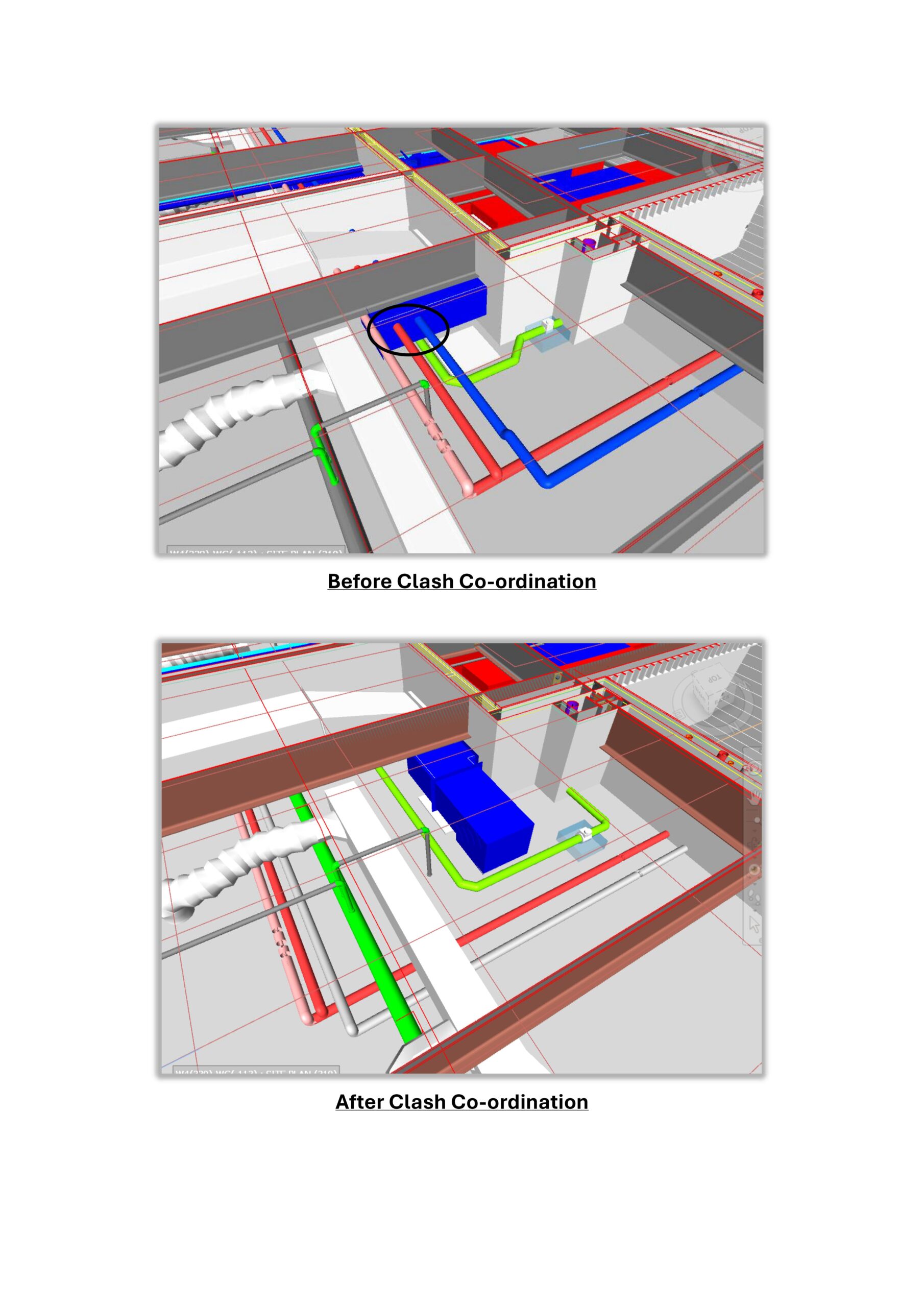
Clash detection and coordination are pivotal components of Building Information Modeling (BIM), ensuring seamless integration and efficient collaboration across multidisciplinary teams involved in a construction project.

What is Clash Detection?
Clash detection refers to the process of identifying conflicts or “clashes” between different building systems, components, or disciplines. These clashes typically arise when architectural, structural, mechanical, electrical, and plumbing (MEP) systems overlap or interfere with one another in a way that would be unfeasible during construction.
Types of Clashes:
- Hard Clashes: Physical overlaps between two or more components, such as a duct running through a beam.
- Soft Clashes: Violations of spatial or clearance requirements, such as insufficient space for maintenance access.
- Workflow Clashes: Scheduling conflicts where one activity interferes with another due to timing or sequence issues.


Benefits of Clash Detection:
- Reduced Errors: Identifying and addressing clashes in the digital model eliminates potential issues on-site.
- Cost Savings: Prevents expensive changes during construction by resolving issues during the design phase.
- Improved Collaboration: Facilitates better communication and coordination among all stakeholders.
- Enhanced Efficiency: Streamlines workflows by aligning schedules and reducing project timelines.
Coordination in BIM
Coordination ensures that all elements of a project’s design and construction work in harmony. This involves bringing together various disciplines to create a unified, clash-free model. BIM coordination uses advanced tools and processes to manage and synchronize information across the entire project lifecycle.
- Model Integration: Combining models from different disciplines into a federated model for holistic analysis.
- Issue Resolution: Addressing identified clashes and other discrepancies in collaboration with stakeholders.
- Version Management: Keeping track of updates and changes to ensure all teams work with the latest information.
- Stakeholder Meetings: Conducting regular coordination meetings to discuss and resolve design issues.


The Process of Clash Detection & Coordination
- Data Aggregation: Collect and combine 3D models from all disciplines.
- Clash Detection: Use software to identify and categorize clashes.
- Analysis and Reporting: Generate reports detailing clashes and their locations.
- Verification: Recheck the updated model to ensure all clashes are resolved.
- Documentation: Maintain detailed records of the process for future reference.


